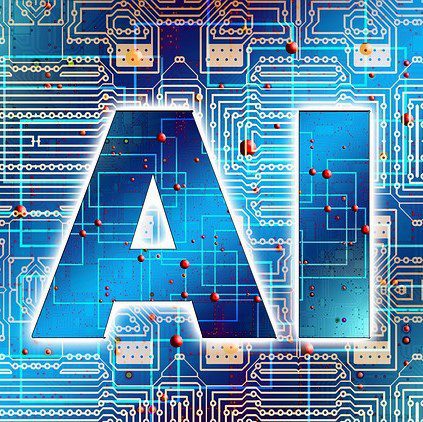Dr. Valeria Ricotti of the Institute for Child Health- Great Ormond Street UK, spoke with BBC News on the subject of AI analyzing body movement. Dr. Ricotti and other researchers spent ten years on the development of this new technology. The process was tested in separate studies on Duchenne Muscular Dystrophy (DMD) and Friedreich’s ataxia (FA).
The research was published in the Nature Medicine journal.
DMD affects twenty thousand children worldwide each year, primarily boys. FA affects one in fifty thousand individuals (mostly adolescents) around the world annually. Neither disease currently has a cure.
The two studies were published this week. The motion capture system was adapted from technology that filmmakers use to capture an actor’s movements for the Avatar films depicting lifelike aliens.
Other benefits involve monitoring patients recovering from diseases affecting the movement of the nervous system and brain as well as the heart, muscles, lungs, bone, and several psychiatric disorders.
The sooner a patient’s condition is assessed the earlier the patient can receive proper treatment and support. UK experts, using the new tests, were able to measure the effect of the aforementioned genetic disorders two times faster than the most experienced doctors.
The Old and the New
Usually tracking the status and severity of these diseases is accomplished by measuring the results of a patient’s standardized movements. The assessment may take years but it determines the optimum treatment for the patient.
Professor Aldo Faisal, Imperial College, was part of the group of scientists who felt there was room for improvement. Professor Faisal explained that the new process is a significant improvement that can capture subtle movements that humans cannot detect. The motion sensor technology was compared to standard tests to predict the progression of FA. The new technology took half that time.
A second group tested twenty-one boys, five through eighteen years of age, who had DMD. The technology was able to predict the effect of the disease six months hence, again with more accuracy than doctors.
The new system may be able to be about lower costs for clinical trials testing novel therapeutics for many different conditions, especially for rare genetic diseases.
About the Process
The AI system analyzes the patient’s movement and records deterioration two times faster than experienced doctors. In order to obtain information about a new drug’s effectiveness in the treatment of DMD, about one hundred patients are required during an eighteen-month period.
Using the new system looking for similar results, the study found that only fifteen patients were required over a period of six months.
Approximately six thousand rare genetic diseases in the United Kingdom affect about one in seventeen people. That equates to several hundred individuals and a disincentive for drug developers.
The originator of the new AI system, Richard Festenstein, Professor at the Institute of Medical Sciences in London, spoke with BBC News and indicated that the technology could have a substantial impact on drug discovery economics.
Researchers are applying for approval at this very moment to use the motion capture system for clinical drug trials for both DMD and FA with a target date of two years. Data is also being collected for use with Alzheimer’s, Parkinson’s, and MS.






